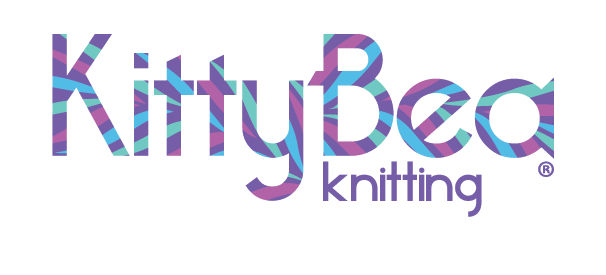When I decided to learn how to knit, I never dreamed it would be life-changing. Maybe the transition from Interior Designer to Indie Dyer to Knitwear Designer doesn't seem like a natural transition... but to me, it makes perfect sense! Even when I worked for the blankety-blank architects, I enjoyed my job most of the time. As one of those "creative" types, I enjoyed many aspects of my job, but definitely some more than others. My favorites were space planning, creating presentation boards/marketing materials and choosing finishes. I've always enjoyed the creative process. One thing most people wouldn't know about an art college education is that you may be trained in different areas, but the process of creating is very similar, no matter the selected major. In Interior Design, the process is Programming, Space Planning/Schematic Design, Design Development and Construction Documents. You assess the needs in Programming, and then while working through the other phases, you hone your design until all the t's are crossed and you have enough detail for it to be built (and all the lovely codes are covered). Construction Documents (think of the old school term of "blueprints" and your book(s) of specs) are way to communicate how you want something built. The level of detail can be mind-numbing.
Dyeing yarn was my first big creative step in my new fascination with fiber arts. It came naturally to me, after a self-imposed dyeing boot camp scenario. I understood color, so the major obstacles were how the mordant behaved with the dye & fibers and the role that heat played. The shop where I work, A Good Yarn Sarasota, has been extremely supportive of my business. In addition to the regular KittyBeaKnitting stock the store keeps, they've commissioned two exclusive colorways for their Purl Diver Collection from me.
When it comes to knitting, my favorite items to knit are garments, especially in linen. Other than my own self-promotion, I will admit that my favorite yarn in the shop is Quince & Co's Sparrow. I have made multiple tops out of it and they are always my favorite pieces to wear. I tell customers that the end product drapes and feels like an expensive Eileen Fisher piece. How can you go wrong there? Not to mention, linen is the IDEAL material for Florida. Yes, more than cotton.
A few months ago, I had an idea for a design and started the creative process I mentioned before. Once I had it sketched out, I had to decide on a yarn. Now, wouldn't it have been wonderful to use one of my own yarns? But Quince's Sparrow had the qualities I needed and I knew it would perform perfectly in this capacity. Working in a yarn shop, you have to understand how different fibers will behave in different applications. Customers rely on your help, especially if they need to substitute a yarn.
This may sound strange, but Space Planning skills are very useful when designing knitwear! Instead of using square footage and a list of programming requirements, you have stitch & row gauge and a list of design elements you'd like to incorporate. Writing out the pattern is basically like creating Construction Documents. You're telling someone how to build their garment. I may be the only knitwear designer who sees it this way, but it works for me.
I've launched my first knitwear design on Ravelry (HERE). Its called the Wyatt Tee and its named after one of the first settlers in Sarasota, Mary Wyatt Whitaker. Its a linen tee (I used Sparrow, of course) and includes some flattering ruffle details. I have many more sketches for new designs. I'm excited for this new chapter and ecstatic that I've found yet another way to create.
* A special thanks to Jan Hicks, the best Test Knitter a gal could ask for! *
View Pattern on KittyBeaKnitting, available for download: Wyatt Tee Pattern Download
